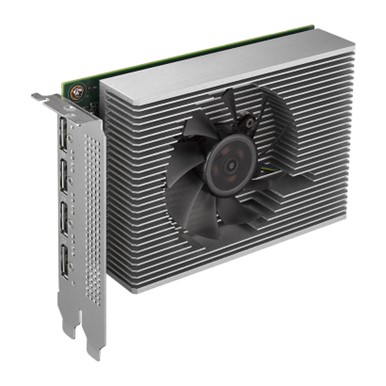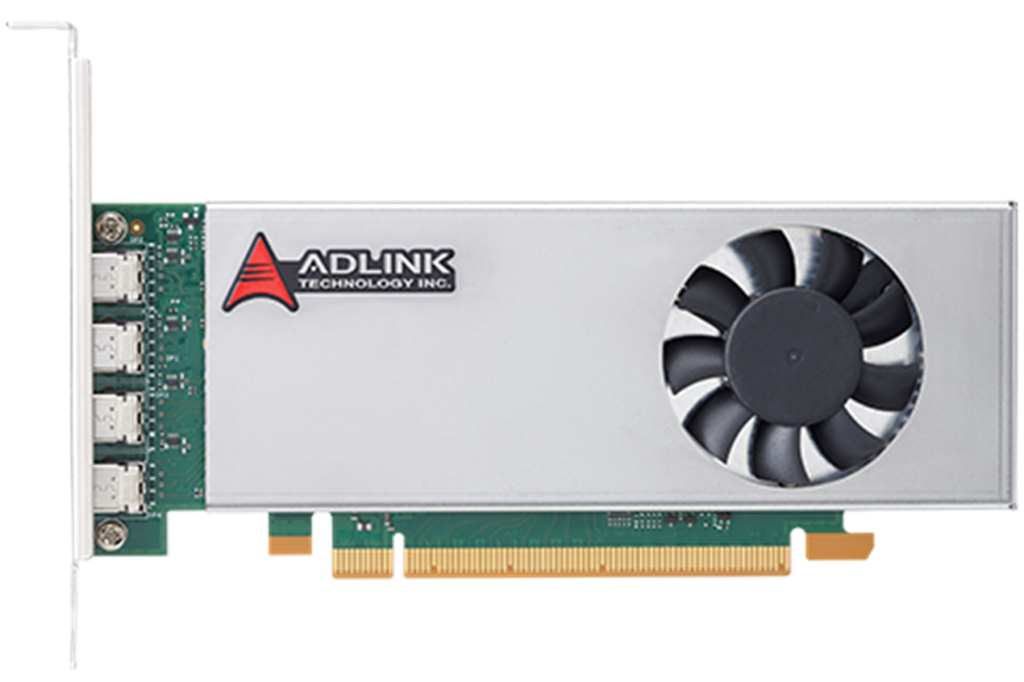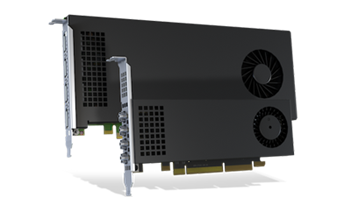Intel has advanced in embedded GPU boards with the Intel Arc A380E. At Embedded World 2024, Advantech introduced the EAI-3101 PCIe GPU card powered by this technology, delivering 5.018 TFLOPS of AI computing power, surpassing Nvidia T1000 with a claimed 50% graphics performance enhancement with ray tracing and Intel XeSS AI upscaling. Adlink also launched a graphics card based on the A380E, focusing on edge AI applications. Matrox showcased Luma Pro graphics boards for digital signage and video walls, emphasizing longevity and consistency over flashy performance, praising Intel’s software support.
What do we think? Arc has not set the gaming world alight, but Intel has a real chance of locking down some embedded action with guarantees to support long life cycles (assuming they can win the slots to begin with). Matrox was a sold early partner and remains committed. Adding Advantech and Adlink is some progress (perhaps Intel has started with the A’s).
Intel makes progress in embedded GPU boards
Advantech announced the EAI-3101, an industrial PCIe GPU card powered by the Intel Arc A380E and built for five-year longevity. Featuring 128 Intel Xe matrix AI engines, this GPU card delivers AI computing power of 5.018 TFLOPS, which Advantech says surpassed the Nvidia T1000, two times over. The company says it also achieves a 50% enhancement in graphics performance over the Nvidia T1000 with ray-tracing technology and Intel XeSS AI-upscaling, supporting up to 8K UHD resolution.

Advantech provides the Edge AI SDK, a rapid AI development tool kit compatible with Intel OpenVINO, which they say can process workloads in 40% less time than competitors’ offerings. The board has optimized thermal design and an auto smart fan, specially engineered for image processing and AI acceleration across gaming, medical analysis, and video surveillance.
Adlink debuted its first graphics card based on the Intel A380E too, featuring compatibility with Adlink gaming platforms (though the focus at Embedded World was on how the board extends Adlink into edge AI applications), also leveraging the OpenVINO AI tool kit. This integration should streamline AI development and integrate deep learning functionalities.
The Adlink EGX-PCIE-A380E is a PCI Express graphics card with Intel Arc A380E, shipping in low-profile and single-slot PCIe Gen 4×8 designs with 6GB GDDR6 memory and 4× mDP (Mini DisplayPort) outputs.

Matrox has already gone down the Arc road and was showing a multi-display solution based on its Luma Pro graphics boards. Luma Pro is designed for use in digital signage and video wall systems. The series features two models: the low-profile Luma A310FP and the standard-height Luma A380P.

The cards support two 8Kp60, two 5Kp120, or four 5Kp60 DisplayPort 2.1 monitors. They can drive a video wall of up to 16 synchronized 5Kp60 displays using multiple boards. Again, there is OpenVINO support. We covered them on launch here.
Luma A380 boards can power volumetric rendering in medical workstations and in transportation and aviation applications. In federal and defense applications, such as live-operation control rooms and PC-based simulators, users can rely on them to control medium to large video display walls showing multiple video feeds. All Luma cards have a life cycle of seven years, with dedicated customer support. Manufacturers that use Luma cards in their offerings can reliably sell their products for years without needing to change anything or recertify their systems. Standard warranty is three years with options to extend.

Matrox told me: “We aren’t about flashy graphics performance; we are about longevity and consistency, and Intel is very aligned with that.”
The company declined to comment on their pervious long-standing relationship with AMD, though they did say they were “sure AMD could offer the same,” rather begging the question of why they were working with Intel instead. One answer seems to be Intel software support, which Matrox was highly complimentary about.